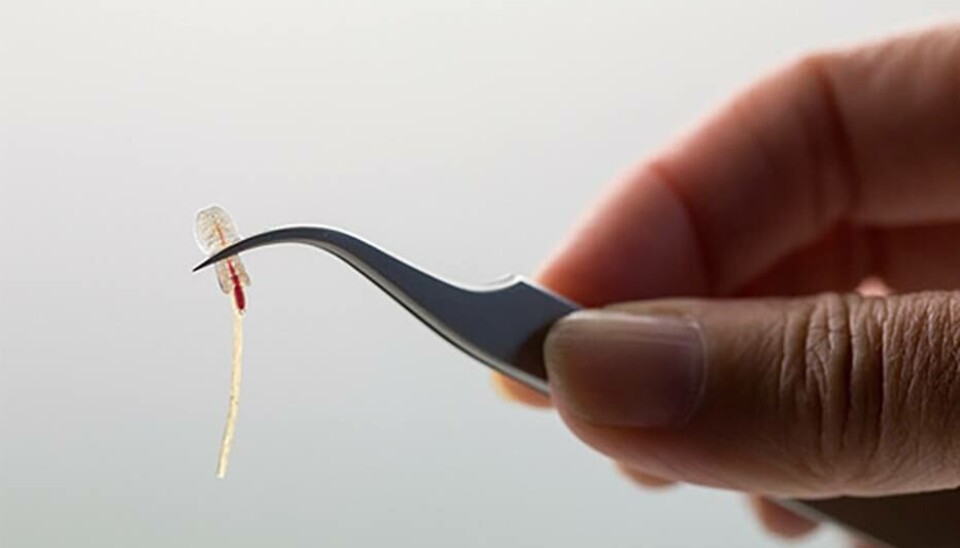
Advances made in development of new method for monitoring sea lice
Norwegian scientists continue validation of the use of droplet digital PCR (ddPCR) as an accurate and reproducible tool to detect and quantify sea lice larvae in water
The detection of environmental DNA has already been investigated for various uses in salmon farming such as detection of pathogens, microalgae or elements of the seabed.
In the case of sea lice, some studies have attempted to develop molecular methods to directly detect and measure the number of larval stages in plankton and water samples in fish farms or the open sea, but still with limitations. Measured DNA quantities generated by qPCR and metabarcoding cannot be accurately converted to an exact biomass or number of individuals. Current molecular methodologies also lack the capability to distinguish between infective copepodid and non-infective nauplii life stages of sea lice.
Droplet digital PCR (ddPCR) is a technology that can provide absolute quantification of nucleic acids using genetic markers, and in a new study, scientists from the Norwegian University of Science and Technology (NTNU) and the Norwegian Research Institute of Nature (NINA), investigated this molecular method as a tool to detect, differentiate and quantify planktonic stages of the sea lice Lepeophtheirus salmonis and Caligus elongatus.
In summary, the results demonstrated linear relationships between the amount of DNA measured and the number of larvae for both species and life stages. However, L. salmonis contained a significantly higher number of DNA copies than C. elongatus individuals and, in the case of C. elongatus, nauplii displayed a significantly higher number of DNA copies than copepods.
According to the researchers, this experiment validates the use of ddPCR to accurately and reproducibly estimate the number of L. salmonis larvae present in a marine plankton sample regardless of the larval stage. “The technique used has been shown to be very accurate when quantifying the abundance of L. salmonis copepods from plankton samples and, in practice, should share similar precision in quantifying nauplii or larval communities at different stages, ” they explained.
Larval abundance
Also, experts pointed out that this could be a quick and reliable way to detect and quantify sea lice larval stages, as a complement to microscopy, and that in the future it could also serve to implement new monitoring policies.
“Our results suggest that ddPCR can effectively quantify lice larvae, but the interpretation of ddPCR results differs between the two lice species. Obtaining estimates of larval abundance from marine plankton samples will depend on the ratio of nauplii to copepods of C. elongatus, but not L. salmonis,” the study authors concluded.
Read the full study titled “Molecular quantification of parasitic sea louse larvae depends on species and life stage”, here.








































































